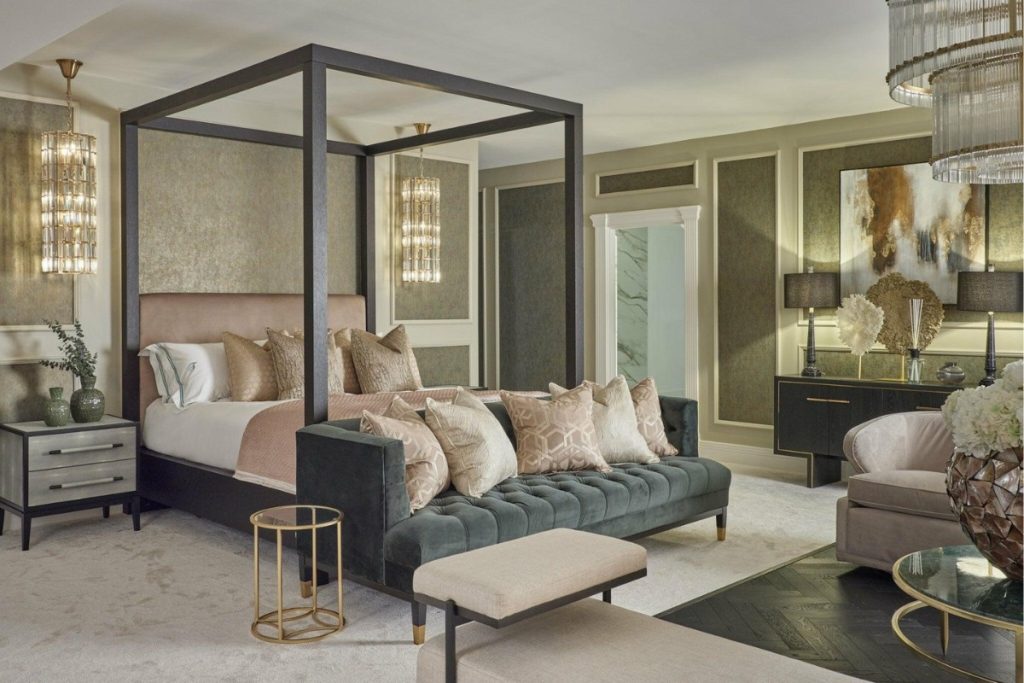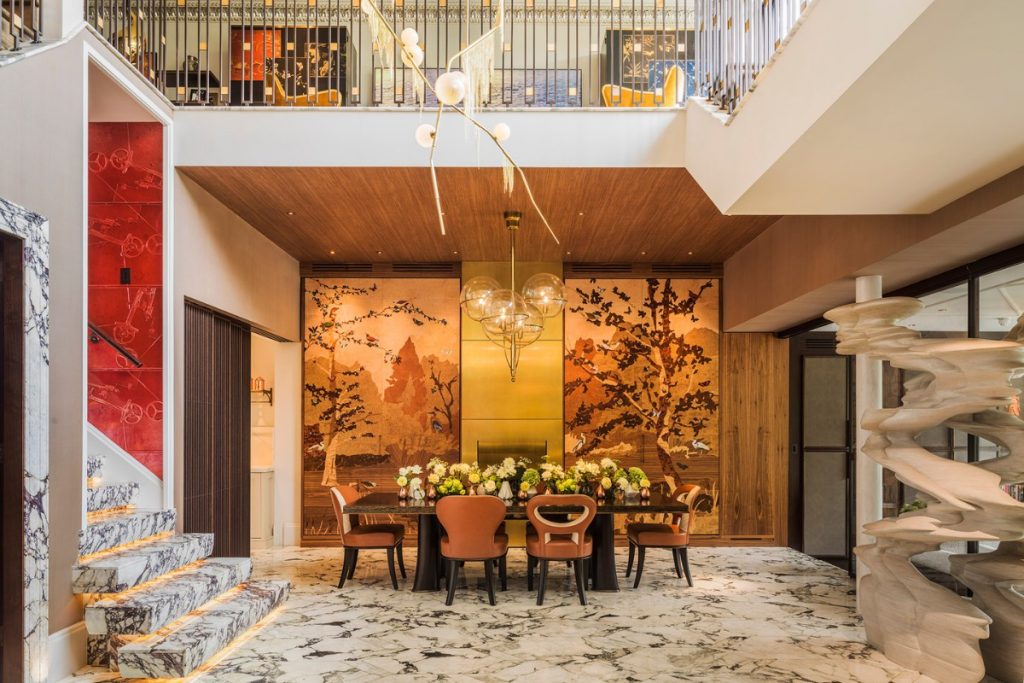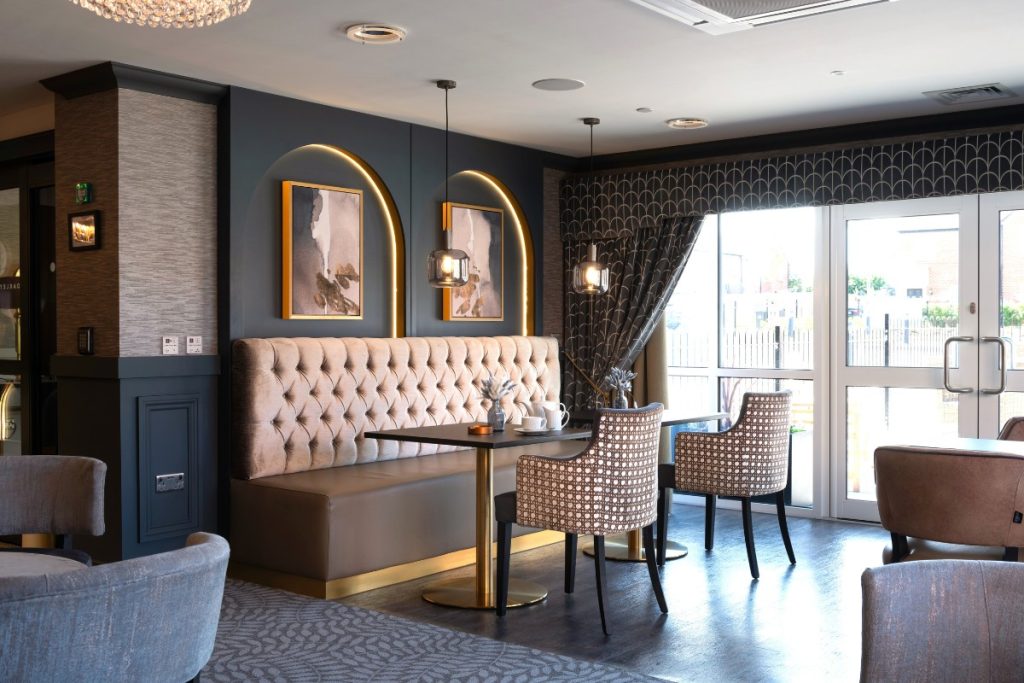Cash strapped 2009 swept through Britain clearing out weak businesses, and forcing those remaining to examine existing trading conditions. It was a year for many to focus simply on staying in business. Very few will be filing annual accounts when the time comes, displaying growth for year end 2009.
2010 projects a renewed confidence as Banks claim to have turned a corner. The business horizon looks encouraging. Brits are by nature, sceptical. Many Countries in Europe have taken a pro-active and radical position to amortise national gross domestic product (GDP) The proportion of jobs in the manufacturing sector in the UK fell from 28.5 per cent in 1978 to 10.0 per cent in 2009. Therefore it is fact that manufacture in Britain is in decline, so a lot of purchases will be through international suppliers.
With VAT reverting to 17.5% and house prices predicted by Fitch credit ratings agency to fall by 20% predictions were privately gloomy for the year ahead. The outlook has now been adjusted with the residential property indices predicted to rise by 2-4% (the figures represent adjustments not growth).
In the eighties, when brands were the new buzzwords, profitability ratios were a differential that many global corporations paid stringent attention to in order to increase profitability on each pound invested. The internal rate of return (IRR) and liquidity ratios are a simple methodology to measure where to best invest your equity for growth and development.
The year ahead finally offers hope. Financial assistance in banking is easing; lending is back on the menu although flexibility is going to be minimal. Only solid companies with strong accounting and business planning will convince banks their business is not a risk but an opportunity, before advancing loans and credit.
Members of The Society of British Interior Design set its competitive differential as quality. Quality of practitioner knowledge, procurement process, business vehicle format and quality of the products offered.
The differential is underscored by the SBID policy laying out training; only students on a degree course are accepted. This policy is supported by many universities across the Country. Eventually over time, only practitioners who are qualified by degree will be eligible for full membership. The Society will launch its full education programme in February 2010.
You get what you pay for, that does not crush the opportunity of the lower priced product, or make higher priced offers expensive, it merely creates products for separate demographic markets.
The same is true for SBID interior design practitioners and manufacturers; you get what you pay for. You may find designers elsewhere, who will offer their services for cheaper hourly rates, many educated by on-line courses and private design schools weekly and monthly courses, or not at all. Some designers with zero training in business acumen, untrained to run a budget or project yet held out as professional.
As a potential client, you are at risk of paying a premium sum while receiving a secondary service.



